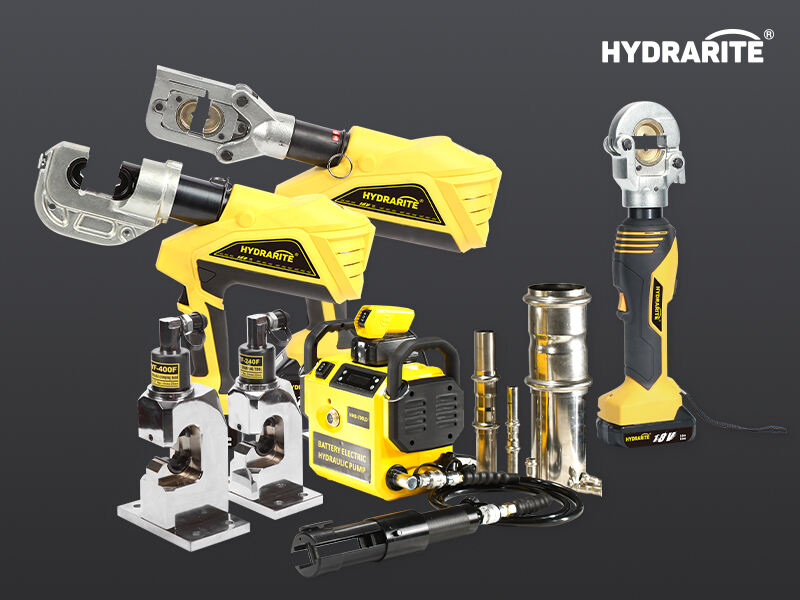Each project involving pressing tools begins with finding the most suitable equipment selection as it will determine final results. Synthetic and mechanical pressing tools can take several forms depending on the task requirements. In this guide, we will look into the technologies used for pressing tools, the growing factors and selection benefits to guarantee project completion.
Understanding Pressing Tools
As the anatomy suggests, pressing tools are used to apply certain degree of pressure to a material, for shaping, forming or assembling of parts. Most common users of these tools are the manufacturing, automotive as well as the construction industries. In general, there are three main types of pressing tools: hydraulic presses, mechanical and pneumatic presses. Always keep in mind that every type comes with specific advantages and limitations, sometimes countering the other types.
Factors to Consider When Choosing Pressing Tools
The focus of this part is on determining the most pressing tools and the project expectations. Always keep in mind these crucial factors:
- The material to be used with the tools.
- Amount of pressure while with the material.
- Type of pressing tool required.
Then figure out the scope of your project. If your operation is relatively large scale, you may want to consider purchasing a hydraulic press, as they are capable of applying large forces. A mechanical press may be enough for smaller hobbyist projects. Furthermore, think about how much precision your work requires. Some projects are easier with a higher level of precision, which may result in you selecting sophisticated pressing implements with advanced digital controls.
Also think about space. There is a huge range in the size of pressing tools available, and it is very important that whichever you select can physically fit in the area that you have available. Moreover, remember the financial plan, since they can vary greatly depending on the type and intricacy of the tool.
Advantages of Selecting the Right Pressing Tools and Pressing Equipment
The right selection of pressing tools can be very beneficial for your project. To begin with, the appropriate tools will avoid unnecessary wastage of time, which leads to increased production. Avoidable expenditures from errors is also expected to be minimized, which in turn leads to reduced operational costs.
Furthermore, utilizing the appropriate pressing tools can enhance the quality of your end product. Promising tools will be custom fit to the materials and processes you are working with, meaning the components will align and serve their purpose without any complications. Also, proper tools will improve workplace safety by reducing incidents caused by using the wrong tools for a job.
Trends in the Industry and What is to Come
There is noticeable change in the pressing tools industry as technology advances. There is more integration of automation and intelligent technology into pressing tools, which increases precision and efficiency. For example, AI and sensors can allow operators to control pressure settings to optimal levels during the operation, making constant adjustments smarter.
Sustainability is increasingly gaining traction in the industry. Most manufacturers are shifting focus to use more environmentally friendly materials and processes which results in the creation of pressing tools designed to reduce waste and utilize less energy. Therefore, businesses that adopt modern sustainable pressing tools aid in the preservation of the environment and have a growing market of environmentally friendly clients.
To wrap things up, selecting the appropriate pressing tools for your project is a decision that is intricate and requires a wide range of thinking. Fulfilling the success of your projects is always possible by understanding the types of tools that are out there, evaluating the needs of your project, and keeping an eye on the industry's latest developments.


